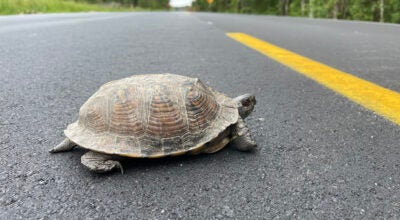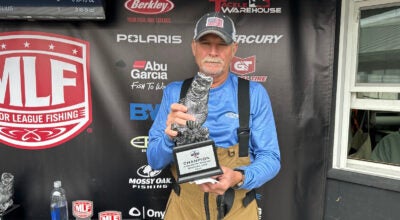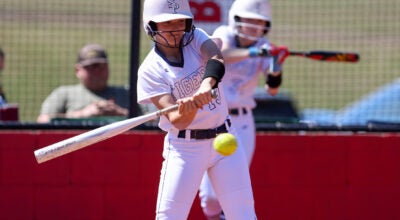Robert Hitt Neill Column
Published 12:00 am Wednesday, February 27, 2008
Some students I teach at school and I had been discussing hawks a couple of days ago, and on the way home I saw a large hawk about a half mile ahead of me, perched on a light pole, his head tilted, looking intently at the ground.
As I neared, the great bird suddenly dropped like a stone, flaring just before he reached the ground. I slowed down – no other vehicles were in sight fore or aft – and braked silently as I came close to where the hawk had landed.
Sure enough, he (I’m just assuming the male gender here for no good reason) clutched a small furry animal in his talons. I was stopped by now, and the winged predator slowly turned his head toward the car, seemingly reluctant to take his focus off of his prey, which I saw now was a small water mammal, maybe a muskrat or a nutria, or possibly a young mink – there have always been families of mink close to that particular roadside culvert.
Finally the hawk tired of my passive observation and took flight toward a nearby treeline, the unfortunate meal-de-jour lifeless in its grasp.
The students I had been conversing with were mostly town kids, who really had no concept of how a hawk makes its living, pouncing from the heights upon unsuspecting small animals, birds, snakes – whatever makes the next meal.
Having said “small” animals, let me qualify that: I have seen hawks zoom out of the sky hundreds of feet up, to knock canecutter rabbits five feet into the air. Those big swamp rabbits can weigh as much as eight pounds (yes, I’ve weighed them!) and a hawk might weigh, what, five or six pounds?
In this particular case the canecutter had flushed from a wheat field in front of my combine, and the hawk came shooting like a bullet out of the blue to slam the rabbit with both clinched fists right behind the head. The bunny flipped, like I said, and landed limp, while the hawk also hit the ground, rolling over and over in a flurry of feathers.
Both laid still for a moment, as I throttled back the combine, then the bird of prey spread its wings and regained its feet, fluffled out his feathered and smoothed them with his beak, then flapped lazily over to the still rabbit and fixed it with a death grip around the neck.
After a few moments, the hawk grasped the big canecutter amidships, began to flap its wings steadily without moving at first, then finally began to move, dragging the rabbit for probably ten feet through the wheat stubble, until he gained height.
It took a quarter-mile flight to get high enough to perch in the crotch of a sweetgum, where he began his well-earned repast.
One of The Jakes told me of watching a squirrel scampering up and down a pecan limb close to his deer stand, when suddenly a hawk came zipping through the branches sideways, reached out and snagged the bushtail around the ribcage as he hurtled by, then they both hit the ground, rolling over and over until they fetched up against the trunk of an oak.
Joe said the hawk just laid there squeezing its prey until the squirrel finally went limp, then he stood up, fluffled his feathers back into place, pecked a couple of times at the body, then picked it up with both feet as he flapped away to dine on it.
When I was younger, Big Robert and I hunted ducks on Lake Whittington for several years, and became acquainted with a pair of fish hawks, or ospreys.
They learned quickly that some ducks would take a load of shot when we stood to shoot a decoying flock, but would fly just out of range before hitting the water.
Those fish hawks knew exactly how far a shotgun would reach, for they always waited until a cripple was out of our range, before dropping down and snatching up the duck just before our Labrador got to it.
They nested high in a cypress, and over the years we established that they considered their limit, or toll maybe, to be two ducks. After they had picked up the first two cripples, the rest were ours. Since this relationship lasted for a decade, I have always questioned the ban on lead shot.
Over the years we have raised or rehabilitated three full-grown hawks, as well as two great horned owls, a barred owl, a barn owl, and a half-dozen little screech owls. Though possessed of powerful beaks and talons, none of the winged predators ever bit the hands that fed them; they became good family friends!





